Legendary Places of Japanese Myths Kojiki that Actually Exist
Many places around the world are connected to ancient legends and always possess a mysterious aura. I have always been quite captivated by the various shrines and sacred places of Japan. Many places are well known, many are hidden. I remember walking the Kumano Kodo trail in Japan and seeing this lonely small, old tori gate in the forest. There was a small shrine behind it with a small fox statue and a Japanese knife. It sounds totally random, right? But I still remember this place as it had this mysterious feel!
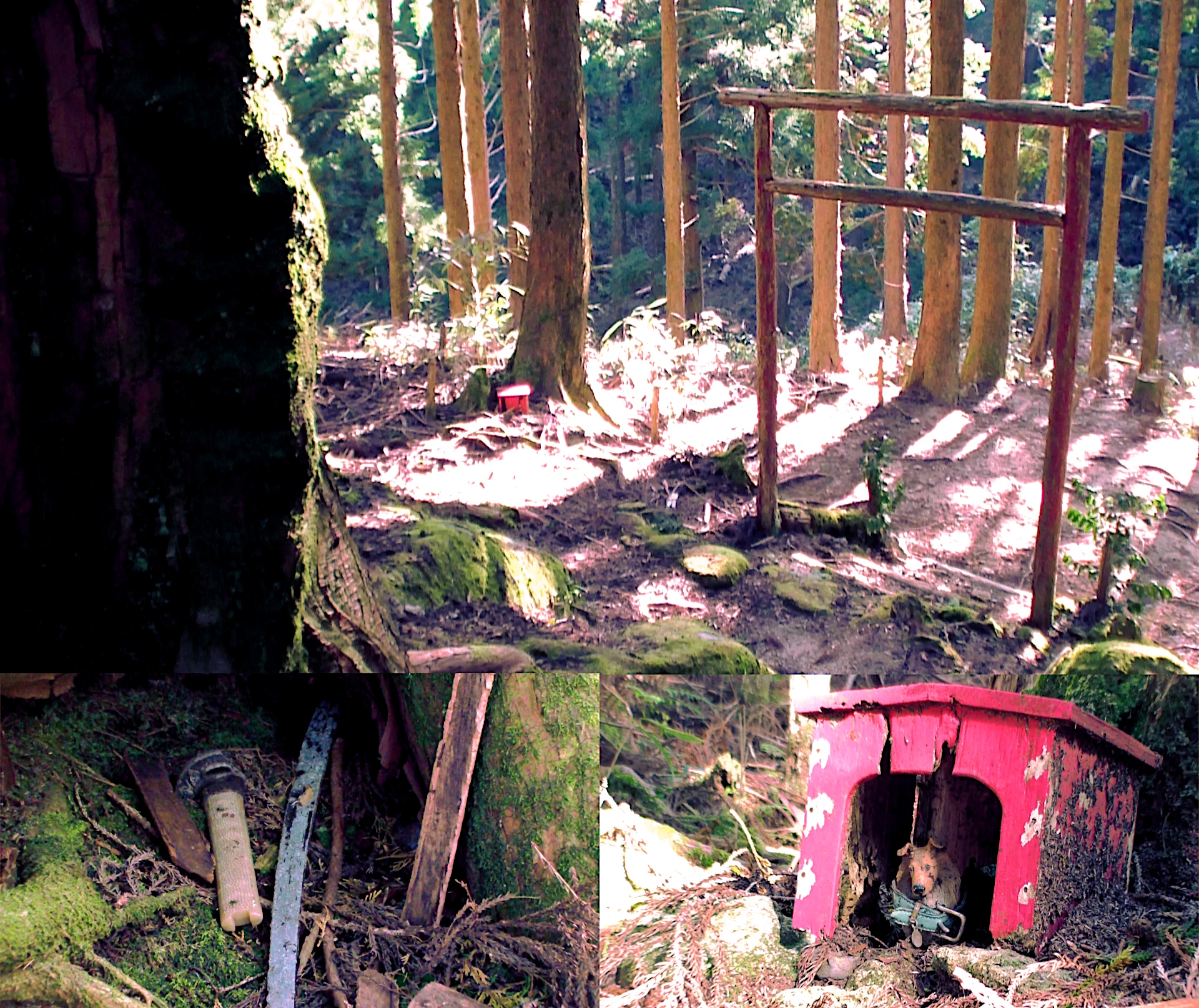
After reading the book of ancient Japanese myths and legends Kojiki (古事記), which was written in the early 8th century, I was wondering if the places there actually exist and what they look like today. This article is the result of my research. Let's go for this Kojiki pilgrimage!
Takamagahara (高天原)
In the ancient times the primordial substance was soldifying, the heavens were separated from the earth and there was not much of a motion in the world. The gods were born in the divine land of Takamagahara. This land is not supposed to be any place accessible to humans. Ame no Ukihashi (天の浮橋) is the bridge connecting the earth and the heavens. Scholars also came up with theories that this story might be connected to the first settlement of Japan, so Takamagahara might be the land where the first settlers came to the Japanese islands.
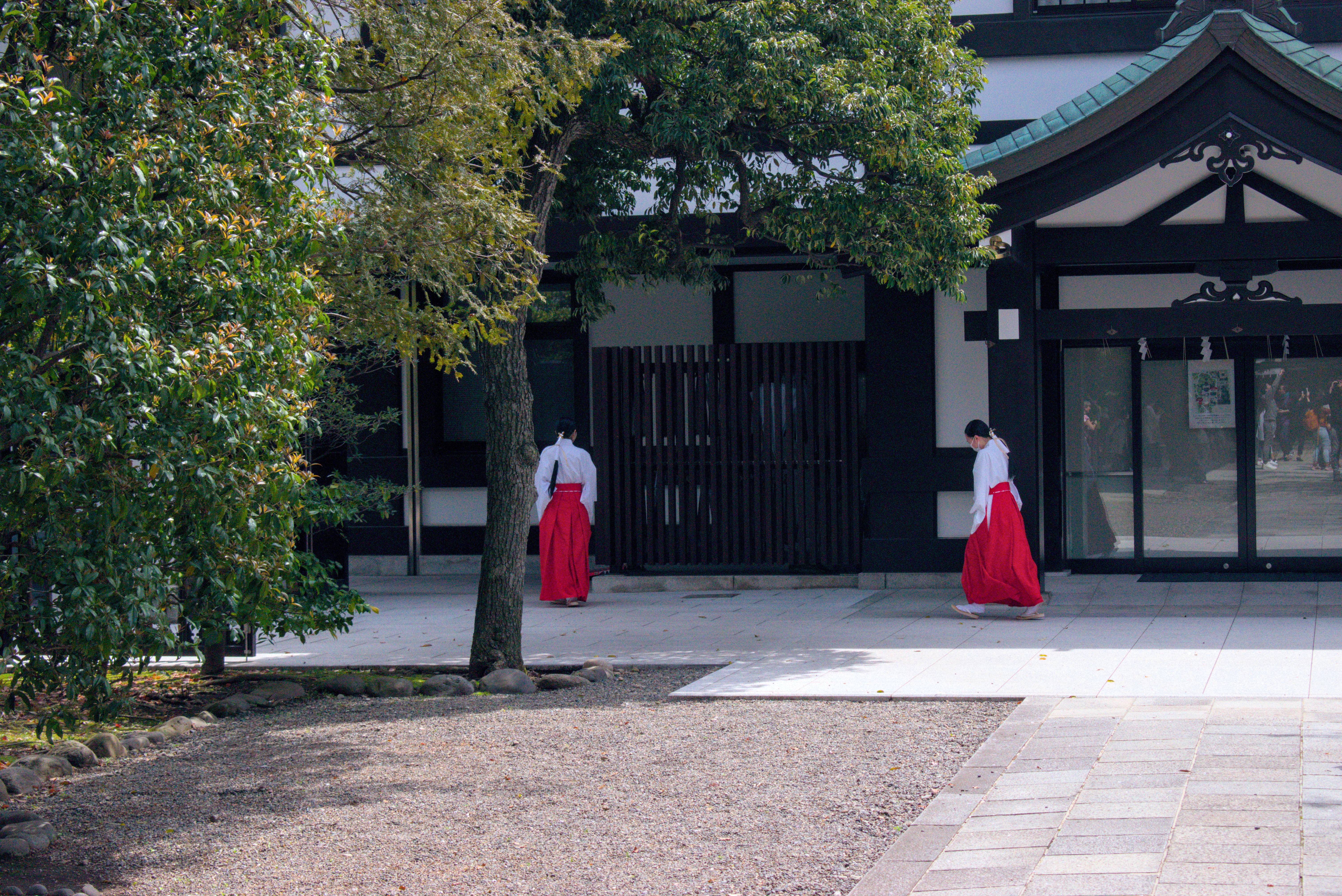
Onogoro Island (淤能碁呂島)
Izanagi (伊邪那岐) and Izanami (伊弉冉), the divine couple got a command from the older gods to complete the creation of earth so that humans can live there. They came to the edge of the bridge Ame no Ukihashi, took a heavenly spear, and started stirring the oil-like substance below. When they pulled the spear out, a few drops fell down and soldified. That was the first island in the world, Onogoro. Around there, probably on the island of Nu (沼島), they built a palace with a pillar where they conceived their children who played a major role in the following ages.
Awajima Island (淡路島)
This island is located near Onogoro and is supposed to be the first island born of Izanagi and Izanami. Other real islands were born of them, such as Honshu, Shikoku, Kyushu, Iki, Oki, Tsushima and Sado. Izanagi lived there after the creation and died there.
Yomi (黄泉)
When Izanami was giving birth to the fire god Kagutsuchi (軻遇突智), she got severely burned and died. Izanagi was crying at Mount Amanokagu (天香久山) which is located in the city of Kashihara (橿原市). Izanagi burried Izanami on Mt. Hiba (比婆山) where are also small shrines. Another grave is supposed to be at Hananoiwaya Shrine (花窟神社) where is also an entrance to the underworld Yomi, sometimes also called Nenokatasukuni (根堅洲国). A boundary hill between the world of dead and living is called Yomotsu Hirasaka (黄泉比良坂) and is located at Shimane Prefecture. Izanagi went to Yomi to bring back Izanami. He was terrified by the appearance of dead Izanami, escaped and had to fight demons following him at Yomotsu Hirasaka. He then went to purify himself to Tachibana river which location is shrouded in mystery. The land of Yomi is sometimes believed to be the same as Tokoyo (常世), mythical utopic land. Emperor Suinin (垂仁天皇) sent Tajimamori (田道間守) to this land to get a magica fruit. He return at tachibana orange) to Kitsumoto Shrine 橘本神社 at Wakayama. He is also worshiped as the god of sweets.
Ama no Kawa (天の川)
Also called Ama no Yasu is a heavenly river which is identified with the Milky Way. A real river also exists with this name near Osaka but it is not believed to be the same as the mythological one. Sun goddess Amaterasu and her brother storm god Susanoo created several gods at this river. The places of worship mentioned in Kojiki are actually real. They are located on small islands near the city of Fukuoka (福岡市). Okitsumiya (沖津宮), Nakatsumiya (中津宮) and Hetsunomiya (辺津宮).
Ama no Iwato (天の岩戸)
Susanoo was celebrating and since he was the god of storms, the whole world was in chaos. The sun goddess Amaterasu was terrified and hid in a cave. However, this caused the whole world to turn into darkness. She refused to come out. The gods came up with a plan to lure her out. They started celebrating in front of the cave, Amaterasu looked out and saw herself in a mirror. She couldn't believe that another godess like her exists so she went out to clearly see her reflection. The mirror was forget form the iron taken from Kanayama mountain and a wood used for the ceremony from the mountain Amanokagu. The mountain is probably supposed to be located at Kanayamabiko Shrine between Osaka and Nara, dedicated to the god of mining. The famous cave called Ama no Iwato is believed to be at Ama no Iwato Shrine in Takachino town.

River Hii (斐伊川)
Susanoo killed the eight-headed dragon Yamata no Orochi (八岐大蛇) nearby. He lived at Torikami (鳥上). Both places exist nowadays. After that, Susanoo got a wife Kushinadahime and lives in a palace where Suga Shrine (須賀神社) stands nowadays. The city of Unnan (雲南市) and the surrounding area is highly connected to these tales and there are many shrines and places related to Susanoo and Orochi. For example Amagafuchi (天が淵) pond is where Orochi was supposed to live or his grave at Happonsugi (八本杉).
Cape Keta
Ōkuninushi (大穴牟遅神) is an importand god who helped the White Rabbit at Cape Keta in the land of Inaba. The cape is associated with the real place called Hakuto Coast, where the Hakuto shrine of the Rabbit was built. The Rabbit jumped over the back of crocodiles from Oki Islands (隠岐諸島). An interesting fact is that there is actually a distinct subspece of Japanese hare called Lepus brachyurus okiensis on those islands. Ōkuninushi was then killed by his brother on Mount Tema in the land of Hōki which is Tottori Prefecture nowadays. He was revived and went to the land of Kii, Wakayama Prefecture today. He also visited Susanoo in Yomi and went through Yomotsu Hirasaka. He then built a palace at Mt. Uka. This mountain does not seem to exist anywhere under this name. Ōkuninushi is worshipped at Izumo-taisha so maybe it was there? Kojiki later says that he lived at cape Miho which is probably today's Miho Bay. He then left this land and went to the land of Yamato (大和国) which is today's Nara Prefecture. Later, gods built a palace for Ōkuninushi at Tagishi beach in Izumo. Maybe it is the place of a small Tagishisugawara shrine (菅原神社) near Noto (能登)?
Mount Mimoro (三諸山)
Unknown god then helped Ōkuninushi to finish the earth creation after the dwarf god called Sukunabikona helped Ōkuninushi and left to Tokoyo. He lived at the Mimoro mountain, also called Mount Miwa (三輪山). This mountain exists and is considered to be one of the oldest religious sites in Japan. There are tombs from the fourth century AD. Omiwa Jinja (大神神社) is one of the oldest Shinto shrines and the object of its worship is the mountain itself.
Mount Hiei (比叡山)
Oyamakuhi (大山咋神), grandson of Susanoo lives on this mountain. This mountain is very famous and is considered sacred. It is located in Kyoto and at the top there is an old Buddhist temple, Enryaku-ji. This mountain is famous for the marathon monks who practice Kaihōgyō (回峰行), special walking meditation that lasts for 7 years and the practitioners have to walk very long distances. Only a few people are able to complete the full challenge.
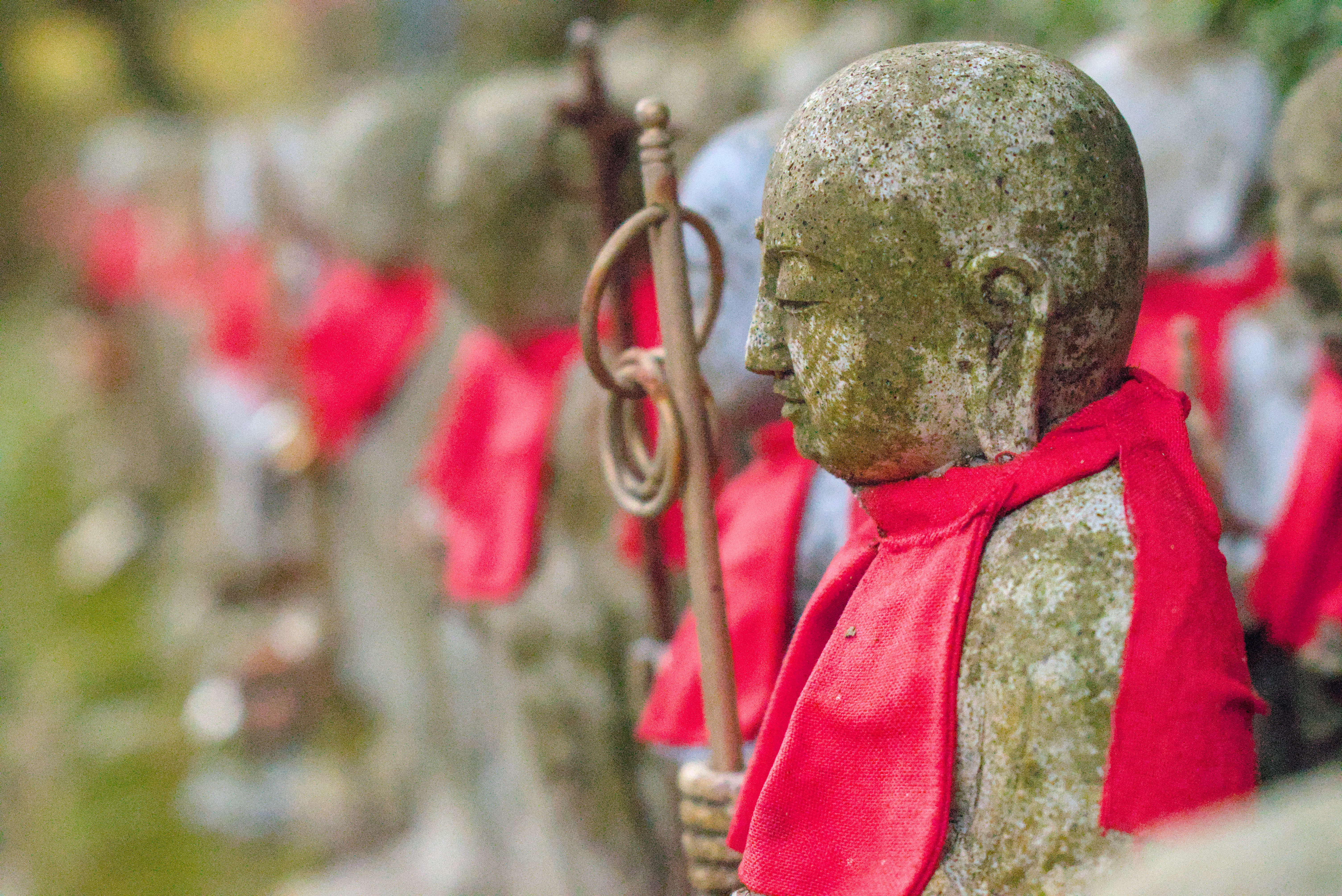
Mount Moyama (喪山)
Ame no Wakahiko (天稚彦) was sent down to earth by gods to look for another lost god. He dies and during his funeral, Ajisukitakahikone comes to pay his respect. He gets offended since the family of the deceased keeps telling him that he looks exactly the same as the dead god. He becomes furious and destroys the mourning hut. At that place is a so called mourning mountain Moyama (喪山) which should be at Aimi river. No such mountain is to be found, but there is a Moyamaten Shrine (喪山天神社) near Nagoya with some nearby places containing the name Aimi in them. It is also located in the Mino land according to Kojiki which also fits this area. Is that the place of the mouring?
Inasa (因佐)
The gods Ame no Torifune and Takemikazuchi (建御雷) descended on earth at Inasa in Izumo. There is an Inasa beach in Izumo with Inasa shrine. Legends say that the beach is often visited by gods, especially during the Kamiari festival. The beach was created by god Yatsukamizuomizunu as he laid a rope there from heaven. The Bentenjima shrine is a unique place of worship located at the beach.
Suwa (諏訪)
Takeminakata fought Takemikadzuchi at lake Suwa. This lake exists and a Takeminakata Suwa shrine is located nearby. This lake is famous for the natural phenomena Omiwatari (御神渡り), also called God's Crossing. The lake is covered by large ice cracks in winter, due to the thermal springs beneath, which resemble the path that Takeminakata walks over the lake to his lover Yasakatome who dwells in a shrine at the other side of the lake.
Takachio (高千穂)
Ninigi no Mikoto (瓊瓊杵尊), the grandson of the sun goddess Amaterasu descended to earth in the land of Takachio. He brought three sacred treasures, the sword Kusanagi no Tsurugi (草薙劍) which Susanoo found in Orochi's body, the mirror Yata no Kagami (八咫鏡) which was used to trick Amaterasu, and the beads Yasakani no Magatama (八尺瓊勾玉). They are the regalia of the imperial house of Japan and only the emperor and high priests are allowed to look at them. They were presented to the emperor during his enthronement ceremony. The origin of the imperial family of Japan is connected to this god even though emperor Hirohito (裕仁) had to deny the divine origin of his family. At the top of the mountain is an ancient spear Amanosakahoko (天逆鉾) that Ninigi used to conquer the land and left it at this place. The spear is believed to be the same that Izanagi and Izanami used to create the world. Famous revolutionary samurai Sakamoto Ryouma supposedly pulled this spear out to show his determination to challenge the fate and change Japan.
Cape Kasasa
Also called Kasa no Misaki or Kasano Cape (加佐ノ岬) is the place where Ninigi went after he descended to earth. He and his fellow gods built a palace so tall that it reached the edge of heavens. He also fell in love with Kamuatatsuhime at that place. Her father wanted him to marry also her older sister. Ninigi refused, and her godly father cursed him to be mortal. That is the reason why emperors die like humans.
Tsukushi (筑紫)
Nowadays called Kyushu (筑紫) is one of the main Japanese islands. The first emperor Jimmu left land of Hyūga (日向国), nowadays Miyazaki Prefecture (宮崎県), went through Tsukushi to Yamato. He went through nowadays existing places like Usa (宇佐市), Aki Province (安藝國), Kibi Province (吉備国) and met his companion Saonetsuhiko who was sailing on a turtle at Hayasui channel, probably somwhere at the shore around Hayasui shrine (早吸神社). Jimmu took his army and sailed to Namihaya, probably somewhere at Namihaya beach (浪早ビーチ) at Wakayama and then to Shirakata port in Osaka.
Kamayama Shrine (竈山神社)
Itsuse, the brother of Jimmu is burried at this shrine. The tomb is present and was officially accepted by the imperial household. There is also Udo Jingu shrine (鵜戸神宮) on Kyushu dedicated to Jimmu's father. Jimmu might have been born there according to the legends. Bloody swamp Chinu where Itsuse, Jimmu's brother washed blood of his hands is probably now around the Osaka bay.
Kumano (熊野市)
An existing city in Mie Prefecture where Jimmu saw a big bear god and was cursed to sleep with his army. A man from Kumano called Takakuraji brought a sword which Takemikazuchi threw down on earth to help Jimmu. This sword is called Futsu no Mitama (布都御魂)) and is hidden in Isonokami Shrine (石上神宮) in Nara. Totsuka no Tsurugi, the sword that Susanoo used to kill Orochi, is also located in the same shrine. Then a giant crow Yatagarasu (八咫烏) led them to Yamato along safe paths. They stopped at river Yoshino. Such a river exists in Shikoku, but here was probably meant a rover near Mt. Yoshino (吉野山) in Nara. Yatagarasu shrine (八咫烏神社) is located nearby. Isonogami shrine also keeps the Seven-Branched Sword (七支刀) that was given to Japan by the king of Baekje, which is also called Kudara (居陀羅) in Kojiki, and is today Korea. Another Korean kingdom called Silla is called Shiragi in Kojiki.
Kashihara (橿原市)
Kimmu arrived to Uda (宇陀市), real city in Nara. Then he went to Osaka and settled down at even today existing Kashihara near mount Unebi (畝傍山). This is the place where Jimmu officially became the first emperor of Japan after he defeated all his enemies and took control over the land of Yamato. Kashihara Jingu shrine (橿原神宮) was built at this place. The tomb of Jimmu is also located nearby.
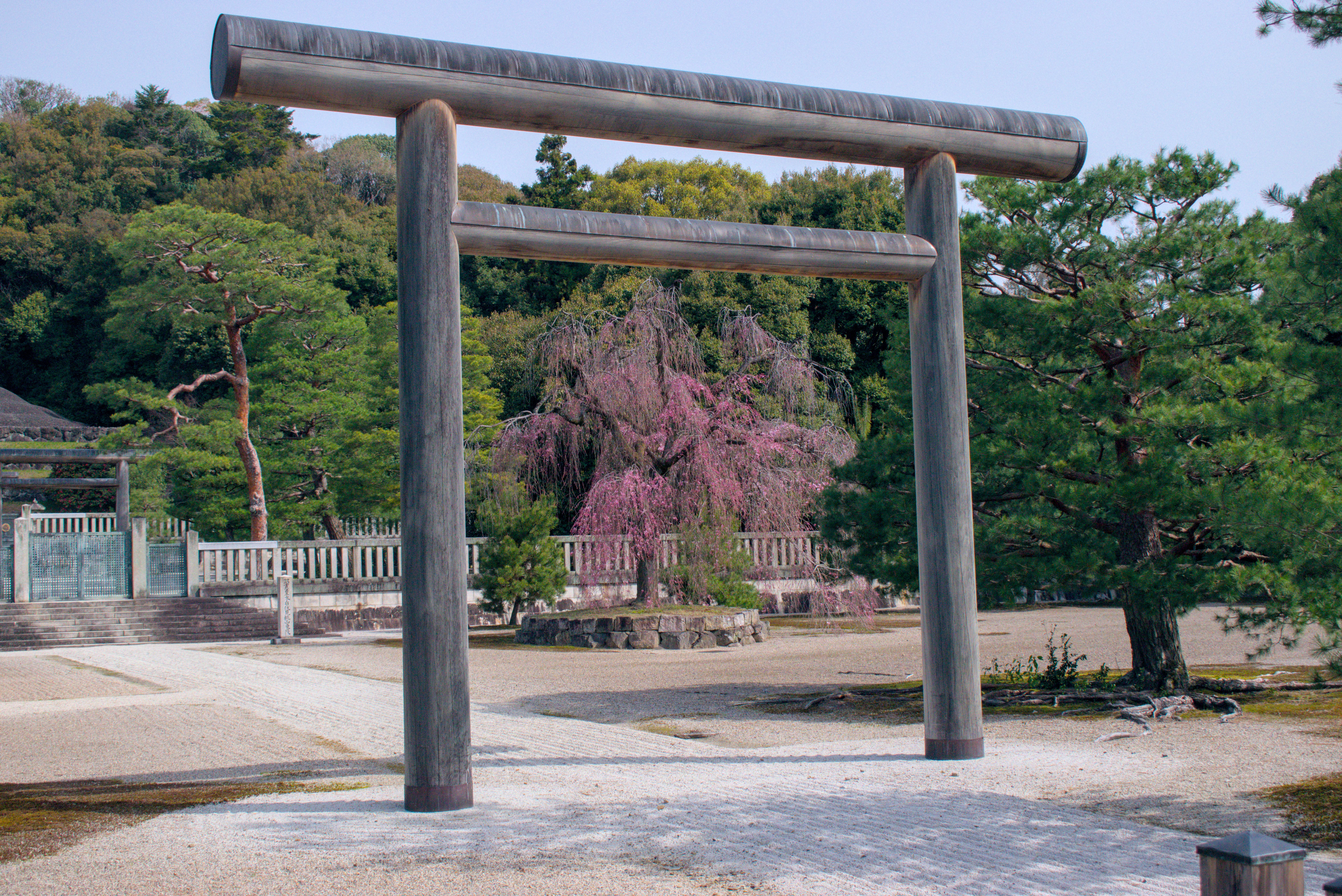
Imperial palaces
Things get a bit complicated regarding the places where Japanese emperors lived. According to Kojiki, each built a new palace. Maybe it was just a building in the same complex? It seems like they were all around Kashihara. Japanese Wiki contains the list of all emperors with their tombs and palaces with theories about their real places. The palaces are usually lost and only some shrines are located at the sites but the imperial tombs actually exist, probably since the ancient times at the same places. A modern list of imperial residences if found on Wikipedia. There are many other places that can be found today that Kojiki talks about in regard to the emperors like Suminoe port at Suminoe Ward (住之江区) in Osaka built by Nintoku, island Himeshima (姫島村) where he saw a wild goose laying eggs, giant tree at Uki river (probably river Kinokawa (紀ノ川), Ishi (石川) or Yamato (大和川)) between mount Takayasu (高安山) and Awaji island (its shadow reached both during the day), Shikiagatanushi jinja shrine (志貴縣主神社) where emperor Yuuryaku saw a magnificent house like a palace of the lord of Shiki that gave the emperor a while dog to quell his anger, Miwa river (三輪川) where the same emperor promised Akaiko that he would marry her and she waited as virgin for 80 years, mount Katsuragi (大和葛城山) where the same emperor met god Hitokoto, whose shrine is nowadays there Katsuragi Hitokotonushi-jinja shrine (葛城一言主神社), and where the emperor had to climb a tree to escape a wild boar, etc.
Ise
Son of emperor Keiko (景行天皇) Prince Ousu (小碓命)m later called Yamato Takeru was given the legendary Kusanagi sword in Ise Grand Shrine (伊勢神宮) which is one of the most important Shinto shrines where Amaterasu is worshiped and the legendary mirror is hidden. He then went to Sagamu land (相模), probably Sagami Province (相模国) where his enemy set grass on fire to kill Takeru. He used the sword to cut down the grass and a fire steel to create another fire that protected him. Here the sword got its name Grass-Cutting Sword. The sword is kept at Atsuta Shrine (熱田神宮) in Nagoya. Takeru founded Mitsumine Shrine (三峯神社). Takeru met later a big white boar at Ibuki mountain (伊吹山) which is located near Lake Biwa and is even today considered sacred. Takeru said that he would kill the boar, which angered the god and Takeru was cursed with tiredness. He rested at Tamakirabe spring which is probably located at Sekigahara Limestone Cave (玉観光 関ケ原鍾乳洞). He then came to plains Tagi which are probably around today's mount Yōrō, previously called mount Tagi (多芸山). He then died in the land of Nobo and it is believed that his grave is at Shiratori no Misasagi (白鳥陵古墳).
These are the most interesting places in Kojiki from my point of view. Feel free to add your favorites in the comments below. Here are places that I could not find. Please leave a comment if you know more or if you want to correct some of my findings:
- Azake where Sarutahiko was fishing.
- Palaces where Jimmu rested: Okada on Tsukushi, Takeri in Aki, Takashima in Kibi
- Kaburazaki - place where whistling kabura arrow landed when Eukashi shot it to the messenger of Jimmu. I found a cape named like that at Okayama but it seems to be too far away.
- Cave in Osaka where Jimmu and his army killed eighty warriors with tails.
- Takasaji fields where Okume found Isukeyorihime (Himetataraisuzuhime (媛蹈鞴五十鈴媛)). Maybe somewhere near Mt. Miwa? It should be near river Sai but river with this name is at Nagoya today. Or maybe at Sai jinja (幸神社) in Kyoto?
- The lake where Yamato Takeru used Kusanagi. Should be called fire ford since then in Sagamu land.
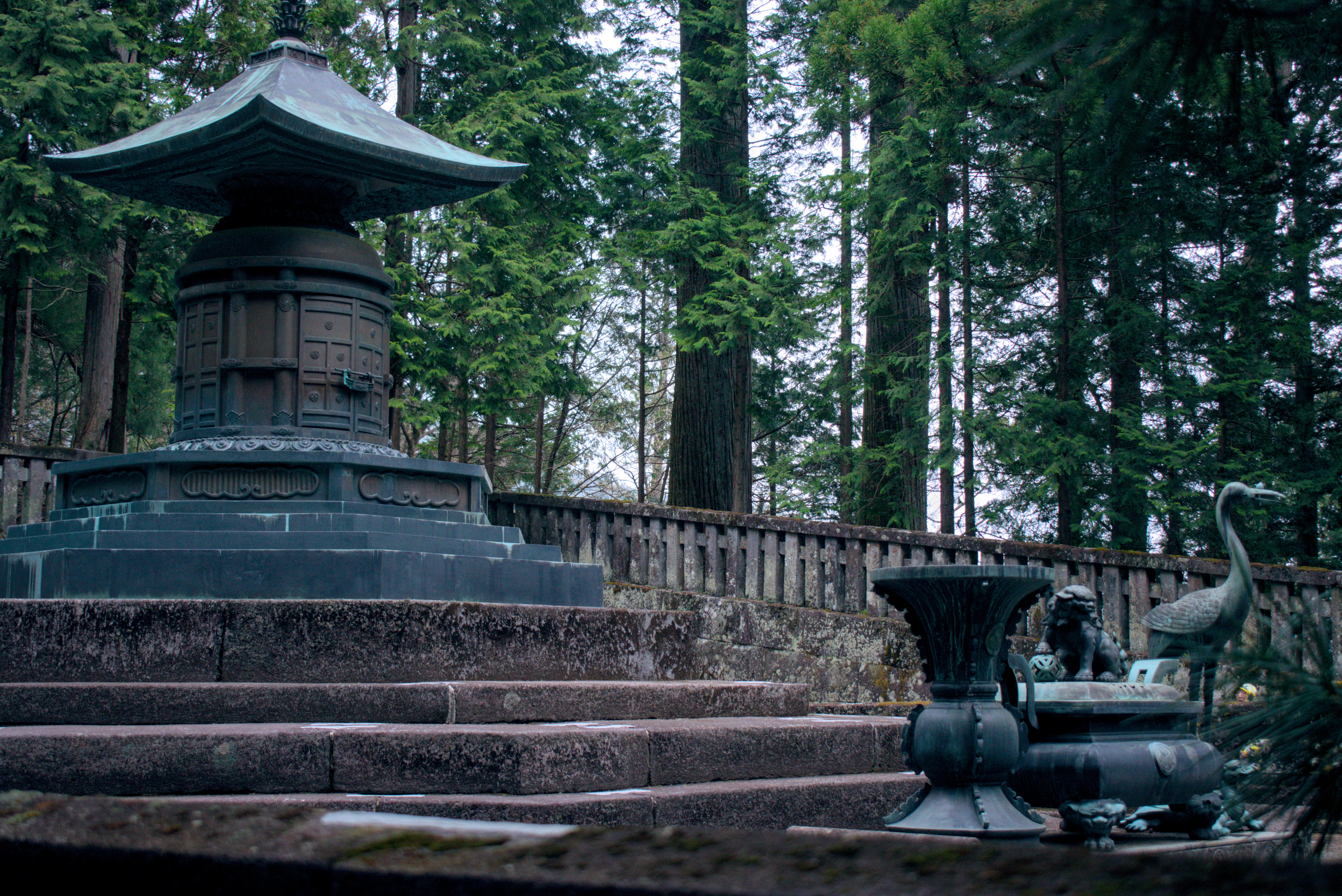
Keywords: legends, ancient, pilgrimage, Nippon, Nihon, religion, Shintoism
#shinto #japanesemythology #japan #japanesehistory #amaterasu #japaneseculture
Privacy Terms